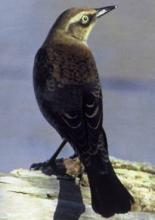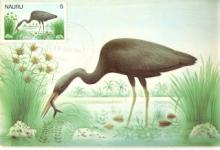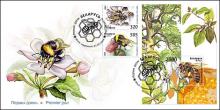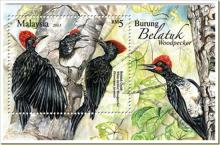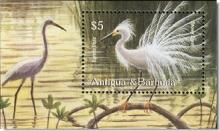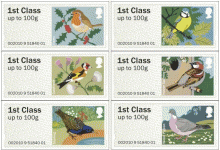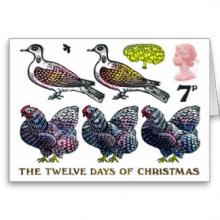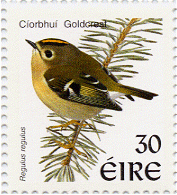The rusty blackbird is rapidly disappearing from the scene in North America
Who knew they were disappearing? And, in reality, who knew there was such a thing as a rusty blackbird (Euphagus carolinus). “I think of lot of birders do enjoy rusty blackbirds,” said Nick Sly, a graduate student in the Department of Animal Biology at the University of Illinois. “They aren’t a species that aren’t generally known to the broader public.”Sly is a volunteer coordinator for this year’s Rusty Blackbird Spring Migration Blitz. The blitz is a three-year program designed to follow rusty blackbirds on their migration path from the swampy woodlands of southeastern United States to the boreal forests of Canada. The peak migration through Illinois is March through mid-April. “It used to be a really common bird throughout Canada and the eastern United States,” Sly said. “It’s experienced this pretty massive population decline, losing 90-95 percent of its population over the past four decades. Nobody really expected that. There is really no obvious reason.”

